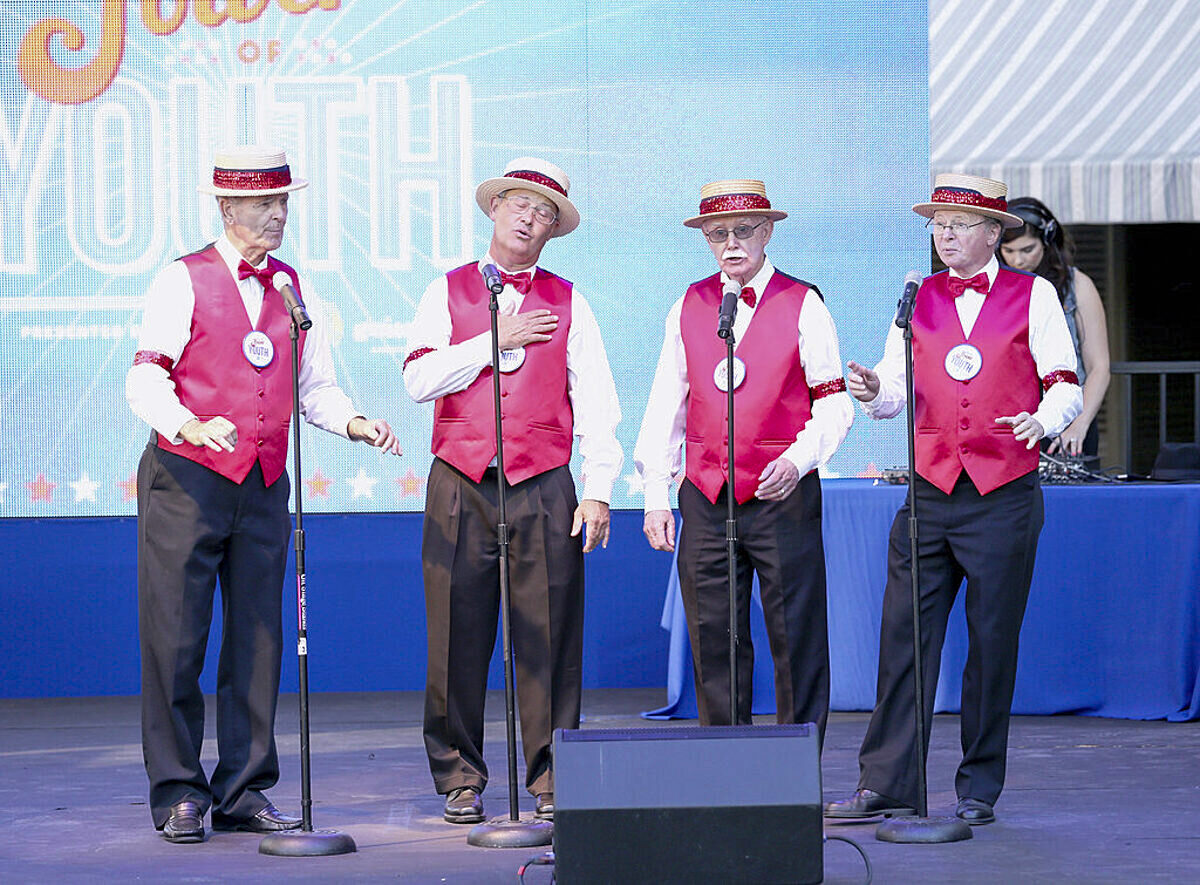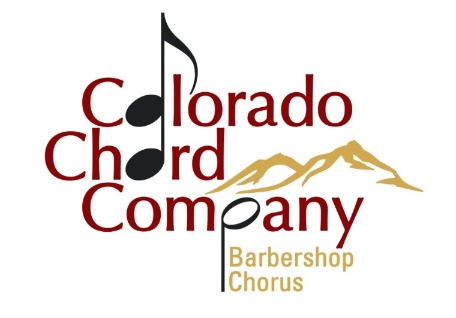What Is Barbershop Harmony?

Barbershop harmony is a style of a cappella, or unaccompanied, four-part vocal music characterized by the melody and two or more harmony parts moving in a common rhythm, producing chords that are pleasing to the ear. In Barbershop music, the lead part sings the melody line, tenor sings the harmony line above the melody and bass sings the harmony line below the melody, while the baritone sings both above or below the melody line to fill-in the notes needed to complete each chord.
Brief History Of Barbershop Harmony
In the last half of the 19th century, African American barbershops in the United States often served double duty as community centers for their clientele. Barbershop quartets originated with men harmonizing the singing of spirituals, folk songs and popular songs while waiting their turn. This generated a new musical style, consisting of unaccompanied, four-part, close-harmony singing.
Later, minstrel singers adopted the style, and in the early days of the recording industry, their performances were recorded and sold. Barbershop music was very popular between 1900 and 1919 but gradually faded into obscurity in the 1920s. It experienced a revival in the 1940's and is still a popular genre of a cappella music sung around the world today.
Characteristics Of The Barbershop Style
Barbershop harmony is characterized by consonant four-part chords for each melody note in a homophonic structure. Consonant chords are a combination of notes that sound pleasing to the ear when played together, while homophonic structure refers to two or more parts moving together in harmony, the relationship between them creating chords. In Barbershop music, melody is sung by the lead, with the tenor harmonizing above the melody, the bass harmonizing below, and the baritone completing the chord. Melody is not sung by harmony parts (tenor, baritone, bass) except for an infrequent note or two to avoid awkward voice leading or as an embellishment such as tags and codas. Occasional brief passages may be sung by fewer than four voice parts.
The Barbershop Sound
Artistic singing in the Barbershop style exhibits a fullness or expansion of sound, precise intonation, a high degree of vocal skill and a high level of unity and consistency within the ensemble. Ideally, these elements are natural and free from apparent effort. Barbershop singers adjust pitches to achieve perfectly tuned chords in just intonation while remaining true to the established tonal center. This results in what is known as "ringing chords" - the precise synchronization of wave forms of the four voices simultaneously creating the perception of a "fifth voice" while at the same time melding the four voices into a unified sound. The quality of a ringing chord is different from the sound of a musical chord played on modern keyboard instruments, due to the fact that these instruments are tuned to an equal-tempered scale which contains slight tuning imperfections. What is prized in Barbershop singing is not the ringing chord's "overtone" itself, but the unique unified sound whose achievement is most easily recognized by the presence of the overtone.
Music And Presentation
Barbershop music features songs with understandable lyrics and easily singable melodies whose tones clearly define a tonal center, or final resolution of a chord, and imply major chords, minor chords and Barbershop (dominant and secondary dominant) seventh chords that resolve primarily around the circle of fifths, while making frequent use of other resolutions. Circle of fifths is a visual representation of the relationships among the twelve tones of the chromatic scale, their corresponding key signatures and associated major and minor keys.
Barbershop music also features a balanced and symmetrical form, and standard meter. Barbershop musical arrangements exhibit harmonization which is embellished to support the song's theme and to close the song effectively.
The presentation of Barbershop music uses appropriate musical and visual methods to convey the theme of the song and provide the audience with an emotionally satisfying and entertaining experience. The musical and visual delivery is from the heart, believable, and sensitive to the song and its arrangement throughout. The most stylistic presentation artistically melds together the musical and visual aspects to create and sustain the illusions suggested by the music.
Adapted from Wikipedia article: Barbershop Music 20 Oct 2013 <http://en.wikipedia.org/wiki/Barbershop_music>

